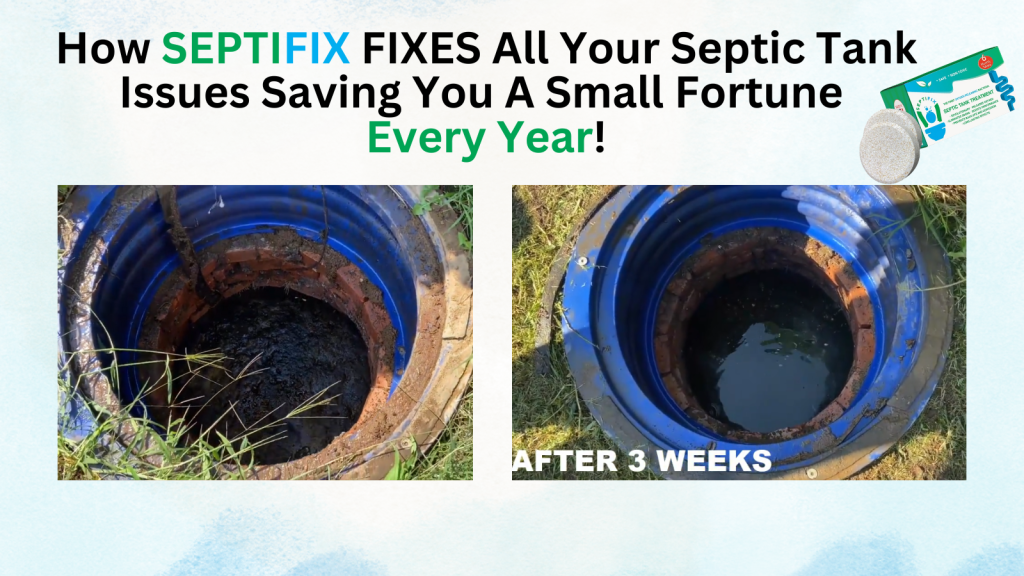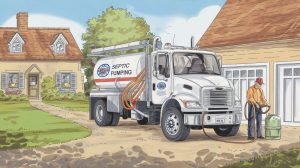Leach fields are essential components of septic systems, responsible for dispersing treated wastewater into the soil. When a leach field begins to fail, homeowners face a critical decision: should they consider replacing vs. repairing a leach field? Understanding the implications of each option is vital for maintaining the efficiency of your septic system and protecting the environment. In this article, we will explore the signs of leach field failure, the available repair methods, the circumstances that necessitate replacement, and important cost considerations.
Table of Contents
- Understanding Leach Fields
- Signs Your Leach Field Needs Attention
- Repairing a Leach Field
- Pros and Cons of Repairing
- Replacing a Leach Field
- Pros and Cons of Replacement
- Cost Considerations
- Environmental Impact
- Best Practices for Environmental Safety
Understanding Leach Fields
A leach field, also known as a drain field, consists of a network of trenches filled with gravel or sand that allows wastewater to percolate into the ground. This process is crucial for filtering contaminants before they reach groundwater sources. The leach field works in conjunction with the septic tank, which collects and treats wastewater before it enters the drain field. However, various factors can lead to leach field failure, making it essential to understand whether to consider replacing vs. repairing a leach field when issues arise.
- Soil Saturation: Heavy rainfall or improper drainage can saturate the soil, preventing effective wastewater absorption.
- Clogging: Over time, solids can accumulate in the leach field, leading to blockages.
- Tree Roots: Roots from nearby trees can invade the system, causing damage and reducing efficiency.
- Age of System: Older systems may not meet current standards and can fail more easily.
Signs Your Leach Field Needs Attention
Recognizing the signs of leach field failure is crucial for timely intervention. Common symptoms include:
- Odors: Foul smells around the drain field area may indicate that wastewater is pooling or escaping.
- Pooling Water: Visible standing water or muddy areas above the leach field suggest that the system cannot effectively absorb water.
- Slow Drains: Increased time for sinks and toilets to drain may signal that the septic system is overwhelmed.
- Lush Vegetation: Unusually green patches in your yard could indicate that wastewater is surfacing.
Early detection can prevent costly repairs or replacements down the line. If you notice any of these symptoms, it’s essential to act quickly.
Repairing a Leach Field
In some cases, repairing a leach field may be sufficient to restore its functionality. Common repair methods include:
- Replacing Sections: Damaged or clogged sections can be replaced without overhauling the entire system. This method often involves excavating specific areas of the leach field and installing new materials.
- Adding Aeration: Introducing air into the soil can enhance microbial activity, aiding in wastewater treatment. Aeration systems can help break down organic materials more effectively.
Pros and Cons of Repairing
Pros of Repairing:
- Typically less expensive than replacement.
- Less disruptive to your yard and landscaping.
- Can extend the life of your existing system if done properly.
Cons of Repairing:
- May only provide a temporary solution if underlying issues are not addressed.
- Could lead to repeated failures if not monitored regularly.
Replacing a Leach Field
Replacement becomes necessary when repairs are no longer viable. Factors indicating that replacement is required include:
- Extensive damage throughout the system.
- Repeated failures despite repairs.
- Non-compliance with local regulations or environmental standards.
The replacement process involves several steps:
- Site Assessment: A professional will assess your property to determine suitable locations for new trenches based on soil type and drainage patterns.
- Excavation: Existing materials are excavated from the old leach field.
- Installation: New drainage systems are installed according to local regulations and best practices.
Pros and Cons of Replacement
Pros of Replacement:
- Provides a long-term solution that meets current standards.
- Ensures compliance with modern environmental regulations.
- Reduces future maintenance costs associated with an aging system.
Cons of Replacement:
- Higher upfront costs compared to repairs.
- Significant disruption during installation may affect landscaping and yard use.
Cost Considerations
The cost of repairing versus replacing a leach field varies significantly based on several factors:
| Factor | Repair Costs | Replacement Costs |
|---|---|---|
| Size | $1,000 – $3,000 | $5,000 – $15,000 |
| Location | Accessibility issues | Site preparation costs |
| Soil Type | Easier in sandy soils | Complications in clay soils |
Understanding these costs can help you budget accordingly and make informed decisions about your septic system maintenance. It’s also advisable to get multiple quotes from licensed contractors to ensure competitive pricing.
Environmental Impact
Proper maintenance of leach fields is crucial for protecting local ecosystems. Failing systems can lead to untreated wastewater contaminating groundwater sources, posing risks to public health and local wildlife. Regulations often govern how repairs and replacements should be conducted to minimize environmental impact.
Best Practices for Environmental Safety
- Regular Inspections: Schedule routine inspections by professionals to catch issues early.
- Avoid Chemical Additives: Do not use harsh chemicals in your septic system; they can disrupt microbial activity essential for treatment.
- Maintain Vegetation: Keep grass and plants around your leach field healthy but avoid deep-rooted trees that could damage pipes.
Conclusion
Deciding between replacing or repairing a leach field is an important consideration for homeowners with septic systems. By recognizing signs of failure early and understanding your options, you can make informed choices that protect both your property and the environment. If you suspect issues with your leach field or need assistance deciding between repair and replacement options, consult with a licensed septic professional who can provide tailored advice based on your specific situation.









